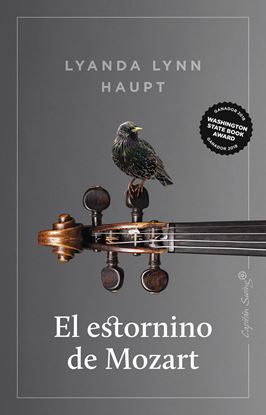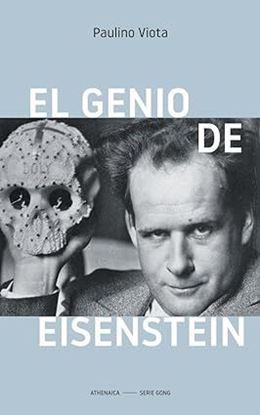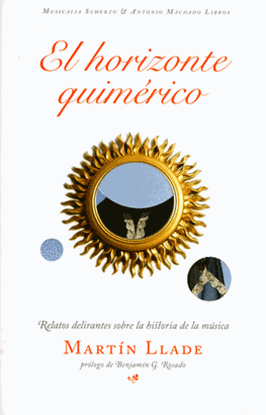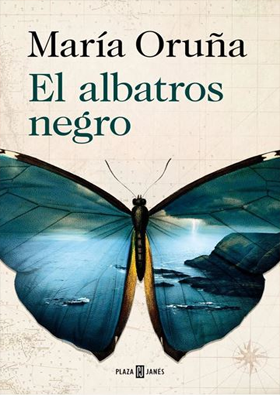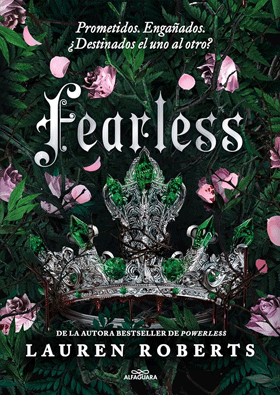

EL ESTORNINO DE MOZART
El 27 de mayo de 1784, Wolfgang Amadeus Mozart se encontró en una tienda vienesa con un coqueto estornino que cantó una versión improvisada del tema de su Concierto para piano n.º 17 en sol mayor. Al percibir un espíritu afín en el joven pájaro, lo compró y se lo llevó a casa como mascota. Durante tres años, el estornino vivió con Mozart, influyendo en su obra y sirviéndole de compañero, distracción, consuelo y musa. Dos siglos después, los estorninos son vilipendiados incluso por los conservacionistas más compasivos. Como especie invasora no autóctona, invaden hábitats sensibles, compiten con las aves locales por los lugares de anidación y el alimento, y diezman los cultivos. La ornitóloga y naturalista Lyanda Lynn Haupt conoce bien las tensas relaciones de estas aves con otras especies y el medio ambiente. Pero, tras rescatar a una cría de estornino, quedó encantada con esa inteligencia y el espíritu juguetón que habían maravillado a su compositor favorito. Haupt explora el improbable y extraordinario vínculo entre uno de los compositores más apreciados de la historia y uno de los pájaros más comunes de la Tierra. Las historias entrelazadas de la mascota de Mozart y del estornino de Haupt ofrecen una insólita mirada a la amistad entre humanos y animales, al mundo secreto de los estorninos y a la naturaleza de la inspiración creativa.
995
796
EL GENIO DE EISENSTEIN
Tras los libros de Paulino Viota sobre Ford y Godard, aparecidos en esta misma colección, ha llegado el momento de homenajear al autor y hombre de cine en su faceta de profesor, un docente carismático, divertido, profundo, que penetra junto a sus alumnos en la historia del cine como en un refugio cotidiano desde el que contemplar el mundo y afilar la imaginación. Se transcriben aquí (salvando, en la medida de lo posible, la singularidad de la palabra y la teatralidad de los gestos de aquel contexto privilegiado) las cinco clases de un curso de 2012 sobre la teoría del cine de Eisenstein impartido en la Filmoteca de Santander, en las que asistimos a la paulatina clarificación del complejo pensamiento de uno de los mayores cineastas que han existido, a su vez principal teórico del montaje desde sus posibilidades rítmicas, plásticas y orgánicas, a sus capacidades relacionales, afectivas e intelectuales. Pero El genio de Eisenstein es mucho más que el trazo de un curso o la memoria compartida de la enseñanza de un experto, ya que Viota, para paliar la ausencia de las proyecciones de fragmentos fílmicos que interrumpían el flujo de las explicaciones, ha completado un exigente apartado de análisis y descripciones (que diseccionan los momentos álgidos de la obra del director de El acorazado Potemkin o las secuencias de otras películas traídas a colación, como el inolvidable «camino hasta el beso» de Recuerda de Hitchcock), lo que supone su mayor aportación hasta la fecha a la obra del venerado artista soviético.
1,750
1,400
EL HORIZONTE QUIMERICO (OF2)
¿Sabía usted que Chopin nunca existió y que era una invención de George Sand ¿Que Sibelius escribió siempre la misma obra y nadie se dio cuenta ¿Que Stravinski formó un grupo pop para competir con The Beatles ¿Que Albéniz fue el jefe de una banda de forajidos en México a los diez años y que Satie ocultaba un Aleph dentro de uno de sus pianos ¿Y que Haydn realizaba viajes astrales Por las páginas de El horizonte quimérico desfilan un Mozart de cincuenta años, un Beethoven con el oído recobrado, autómatas inteligentes, compositores más poderosos que el Rey Sol y vampiros sedientos de música. Una reformulación del concepto de ucronía con guiños a Borges, Marcel Schwob y el realismo mágico que, sin duda, hará las delicias de los melómanos y de los amantes de las lecturas con una sonrisa en los labios.
500
400
EL LENGUAJE DE LA MUSICA MODERNA
En este extraordinario ensayo publicado originalmente en 1963, Donald Mitchell examina con gran perspicacia y sensibilidad los valores filosóficos y estéticos que determinaron el lenguaje de la música del siglo xx. Para ello se centra en las figuras de Schoenberg y Stravinski, representantes de dos estilos genuinamente modernos y de una nueva sensibilidad. Mediante la rigurosa aplicación de técnica y construcción formal, ambos compositores dotaron a la música de nuevos vocabularios y transformaron las convenciones de escucha y composición para siempre. Dado el carácter multidisciplinar de este ensayo, los años lo han elevado al estatus de clásico no sólo en el campo de la musicología, sino también de los estudios culturales.
1,250
1,000
EL LENGUAJE SECRETO DE LAS PLANTAS
Desde la veneración de los antiguos egipcios por la acacia y el loto hasta el lenguaje victoriano de las flores y las obras de Vincent van Gogh y Georgia O'Keeffe, siempre hemos buscado sentido en la naturaleza.
A menudo se ha atribuido un significado específico a ciertas plantas, y se ha relacionado con sus usos alimenticios o medicinales, sus asociaciones con santos y héroes o cualidades más abstractas o estéticas, como la resistencia, la belleza y la fuerza.
Una guía, elegante y bellamente ilustrada que entreteje la botánica, la mitología, el folclore, los textos religiosos y siglos de arte y literatura para explorar el simbolismo cultural y los significados subyacentes de más de cincuenta plantas.
1,995
1,596
EL LIBRO DEL DISEÑO
Una visión fascinante de los movimientos del diseño, que muestra cómo comenzó cada uno y describe su filosofía y estilo visual. El diseño está presente en todo lo que hacemos y fabricamos. Ha dado forma a nuestro mundo desde tiempos inmemorialesy sigue haciéndolo. El diseño es algo complejo: se cruza con el arte,la arquitectura, la publicidad y la artesanía, pero conserva su propiaintegridad. Es, en esencia, lo que da forma y encanto a los objetos funcionalesy un tono a la forma en que nos expresamos como individuos o empresas.
2,500
2,000


